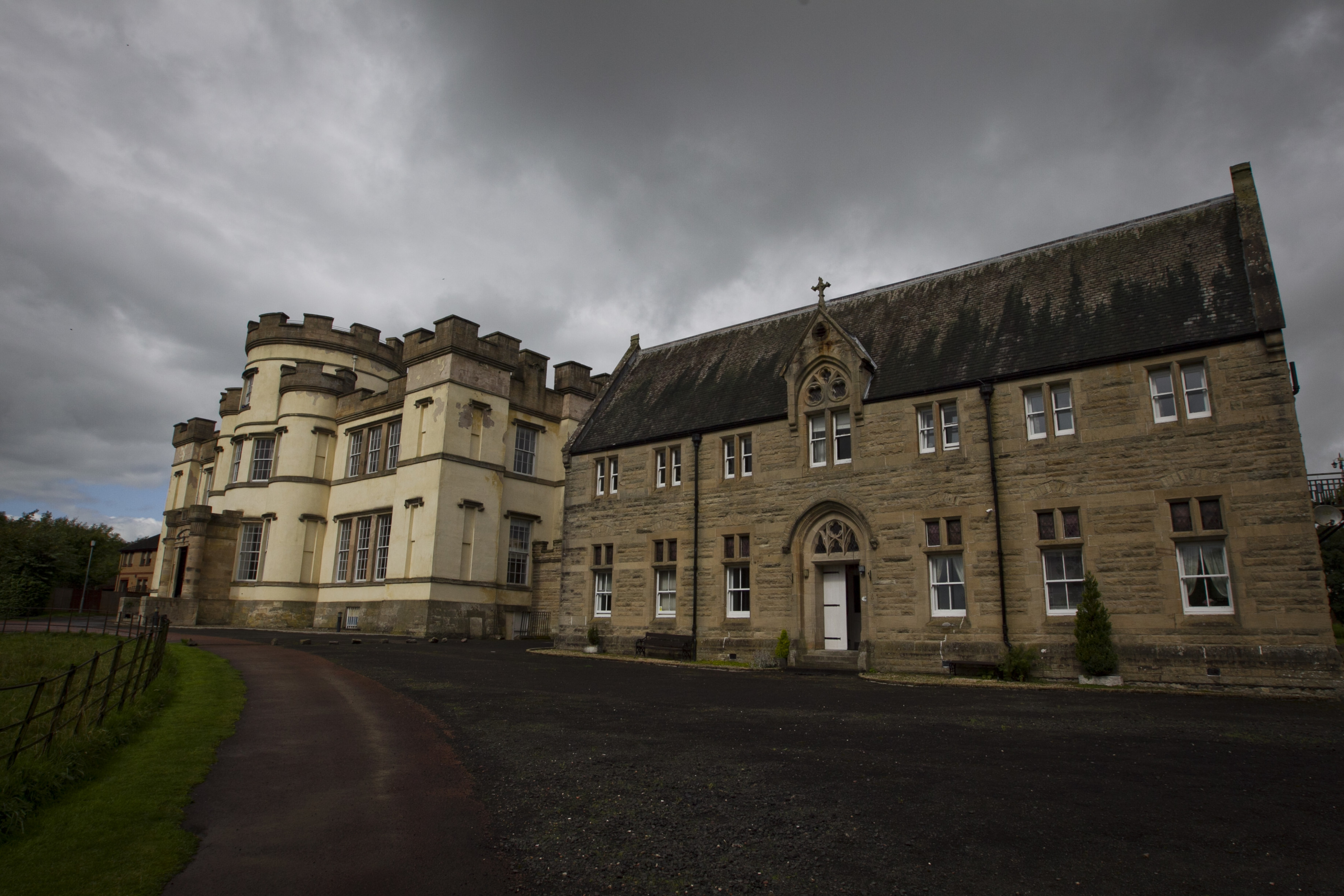
A nun “killed” a young boy at an orphanage, a child abuse inquiry has heard.
A witness, who cannot be named, said he heard the boy being beaten and then never saw him again.
He recently found out in a newspaper report the boy, who was aged under 10, had died.
The witness also said he was physically and sexually abused while in care and believed he had killed his mother after being told so by a nun, not finding out this was untrue until his mid-20s.
He was speaking at the latest phase of hearings at the Scottish Child Abuse Inquiry in Edinburgh, which is now taking evidence about institutions run by the Daughters of Charity of St Vincent de Paul, which have issued an apology to anyone abused in their care.
The witness said he was taken to the Smyllum Park Orphanage in Lanark, South Lanarkshire, aged three in 1952.
He said he heard a boy being beaten “quite badly” behind closed curtains.
“We heard slap, slap, slap, and ‘shut up’, ‘shut up’. It was one of the nuns,” he said.
“The next day [the boy] didn’t show up. We all cheered because we thought he had got a family and he was away.
“It wasn’t until I saw the paper, the Sunday Post, that I found out he died, or he was killed.”
A Sunday Post and BBC investigation earlier this year found that at least 400 children from Smyllum Park are thought to be buried in an unmarked grave at the town’s St Mary’s Cemetery.
The orphanage was home to more than 10,000 children between opening in 1864 and closing in 1981.
Prosecutors have said there is no evidence a crime has been committed at the orphanage in relation to reports of the mass grave.
The witness said he was regularly stripped and beaten with a belt by around six different nuns and cried as he told the inquiry one of the Catholic Sisters called him a “mum killer”.
He said: “I thought it was true because she was a nun.”
He found out in his mid-20s than his mum died from a perforated ulcer.
The witness also said he was touched inappropriately by a priest while an altar boy at the orphanage, and called on the Pope to take action against the abusive figures, adding he wanted to see the Sister of Charity disbanded.
He said: “I don’t want them touching anybody ever again.”
A further witness, who is also not being named, told the inquiry his baby brother was beaten by nuns at the orphanage and he himself was physically and sexually abused.
He said he sneaked into the infants area and saw one nun giving his brother a “leathering”, adding: “She was slapping him on the face, catching him on the side of the face with her hand. I think he was about eight or nine months.”
He told how he later saw the same nun leave his brother bleeding by “stabbing” him in the face with a spoon while trying to feed him and at one stage found the youngster with a broken pelvis and leg and was told he had been thrown onto an iron bed frame.
The witness, who entered the Smyllum Park aged 10 in 1951 along with his baby brother and toddler sister, said a lay worker touched his private parts as did a nun who regularly beat him with a wooden blackboard pointer and kicked him, at one point dislocating his fingers.
He said the nun “went into a frenzy” and the beatings could last for up to 10 minutes during which she called him the “devil’s disciple”.
He told how he once managed to grab the pointer from the nun and hit her but was then so severely beaten he couldn’t get up for two hours.
He also said he was made to eat food off the floor after dropping it, and beaten for not finishing it.
The witness said he told the Mother Superior, his grandfather and a policeman about the abuse but was told it was his “imagination” or accused of lying.
Colin MacAuley QC, counsel to the inquiry, put to the witness the nuns’ position is that corporal punishment was not used at Smyllum Park and the nuns were “kind” to the children.
The witness replied: “They are dirty liars.”
He said he wanted children to be kept out of such places.
After 153 years and three weeks, nuns finally agree to remember lost children of Smyllum

Enjoy the convenience of having The Sunday Post delivered as a digital ePaper straight to your smartphone, tablet or computer.
Subscribe for only £5.49 a month and enjoy all the benefits of the printed paper as a digital replica.
Subscribe